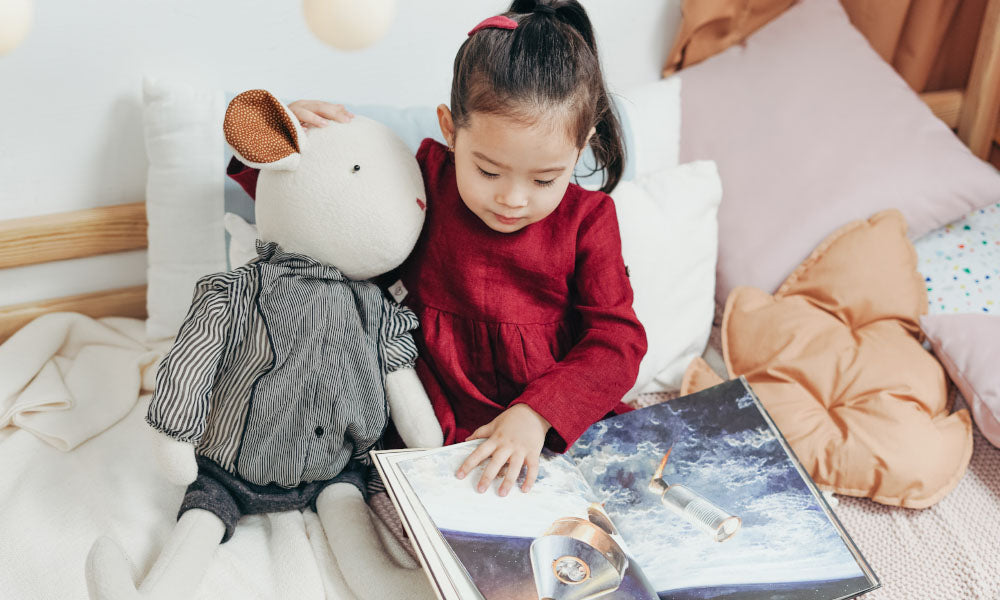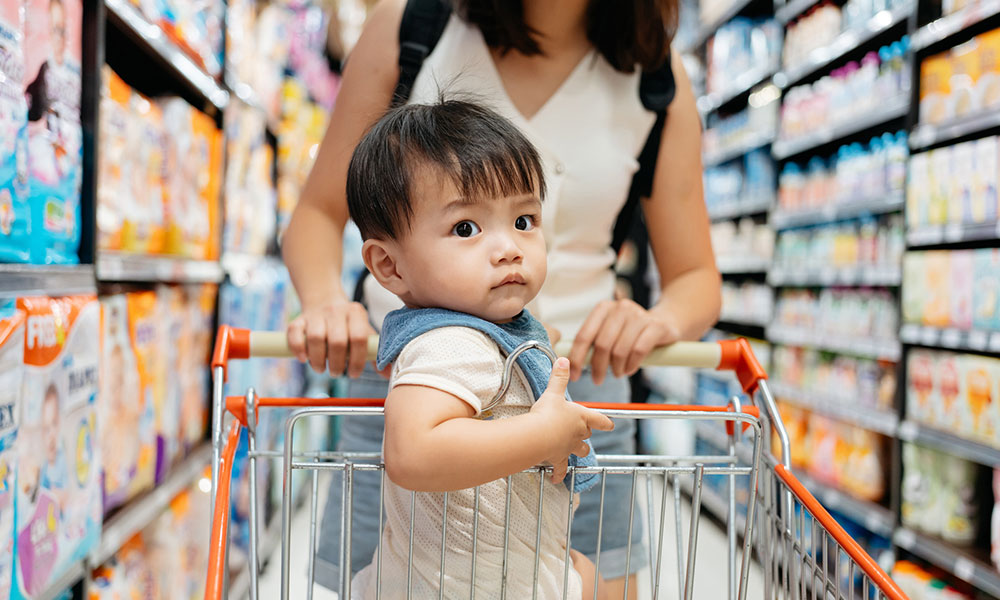Happy Earth Day! It's a great time to start a conversation with your child about appreciating and protecting the environment and our precious world. These nine books inspire children to make choices that benefit nature and encourage them to understand the impact of their actions on our world. So happy reading—and planting, recycling, conserving, and more—on Earth Day and every day.
10 Things I Can Do to Help My World, by Melanie Walsh
10 Things I Can Do to Help My World is just that. Walsh lays out ten simple ideas anyone can put into practice, from drawing on both sides of the paper to asking mom and dad to unplug the TV when it’s off. Even the youngest readers can choose a few options to try. Bold acrylic illustrations and engaging flaps and die-cuts add to the appeal. This book is made from 100% recycled material.
Be a Friend to Trees, by Patricia Lauber, Illustrated by Holly Keller
This title from the Let’s-Read-and-Find-Out Science series uses clear explanations and cheerful illustrations to encourage children to appreciate and take care of trees. The book opens by asking children to look around and think of all of the things they use that come from trees, from pencils to books to maple syrup. But it’s not just humans that depend on trees; other animals rely on trees for food and shelter and the book highlights several different animals and their relationship to trees. The last few pages describe some ways that children can be a friend to trees.
Common Ground: The Water, Earth, and Air We Share, by Molly Bang
Based on biologist Garrett Hardin’s 1968 article, “The Tragedy of the Commons,” Bang expertly transforms the conflict of rising population and limited natural resources into an explanation even young children can understand. Bang uses the metaphor of villagers’ sheep grazing on the town common long ago to shed light on resources people use and overuse today. This book inspires children to consider the “long run,” when thinking about this issue. Pleasingly repetitive language and bright illustrations contrast well with the weighty message.
Kids Who Are Changing the World, by Anne Jankéliowitch, Photographs by Yann Arthus-Bertrand
Based on the premise that young people are uniquely positioned to solve ecological problems, this book features 45 children, as young 9 years old, who have positively impacted the environment. Projects range from collecting waste oil to turn into biodiesel in the U.S., to promoting awareness about reusable chopsticks in China, to starting vermicomposting campaigns at schools in India. Each project acts a mini chapter laying out the background of the issue, the type of action taken, and project details alongside vivid photographs. This is a great book to dip into, choosing sections to read based on interest in a particular issue or location.
Miss Rumphius, by Barbara Cooney
When Alice Rumphius was girl, she told her grandfather she wanted to travel to faraway places and live by the sea when she grew up. Her grandfather insisted she must do a third thing: “make the world more beautiful.” Alice did travel to far off places and had many adventures. After hurting her back, she retires to a cottage by the sea and thinks about what she can do to make the world more beautiful. She begins scattering lupine seeds all over the community. When the flowers bloom, the world is indeed more beautiful. Realistic acrylic and pencil illustrations captivate the reader alongside the charming voice of the narrator, Miss Rumphius’ niece.
Ok Go, by Carin Berger
Various vehicles zip cheerfully around a busy city amid endless cries of “go,” until “UH OH!” These words appear across a gray, smoggy cloudscape causing the drivers to screech to a halt. People get out of their cars and planes and share ways to clean up the air via short, humorous rhymes (e.g. “Take a hike, Spike”). Sparse text, fold out pages, and quirky illustrations made from recycled materials make this thought-provoking read fun and energetic.
Recycle! A Handbook for Kids, by Gail Gibbons
Prolific nonfiction writer Gail Gibbons asks children to consider just where all of their garbage goes. After briefly explaining what landfills are, she proposes that we all make less trash. What follows are detailed descriptions of how paper, glass, cans, plastic, and polystyrene are made, what people should do to recycle them, and what happens to these materials at the recycling plant. Detailed illustrations, bite sized facts, and realistic suggestions round out this informative yet accessible book.
To Market, To Market, by Nikki McClure
Readers get to tag along with a mother and son on their trip to the farmer’s market. Armed with a shopping list containing items such as apples, salmon, honey, and baked goods, they wander from stall to stall, introducing the reader to where each product comes from, how it was grown or produced, and who is selling it. If you want to get children thinking about how it is that food gets to their table, this book is a great place to start. McClure’s iconic papercut art brings the reader right into the scene.
Wangari’s Trees of Peace: A True Story from Africa, by Jeanette Winter
This narrative biography introduces readers to the life of environmentalist, activist, and Nobel laureate, Wangari Maathai. Returning to her Kenyan village after attending university in America, Wangari noticed the deforestation in her homeland. She responded by planting nine seedlings in her own backyard, then convincing women across Kenya to plant their own trees. The Green Belt Movement was born and those first nine seedlings became 30 million. She faced ridicule and even violence, but persisted with her mission. Winter depicts Wangari Maathai’s message in a way that is both simple and powerful, complete with vibrant acrylic illustrations.



